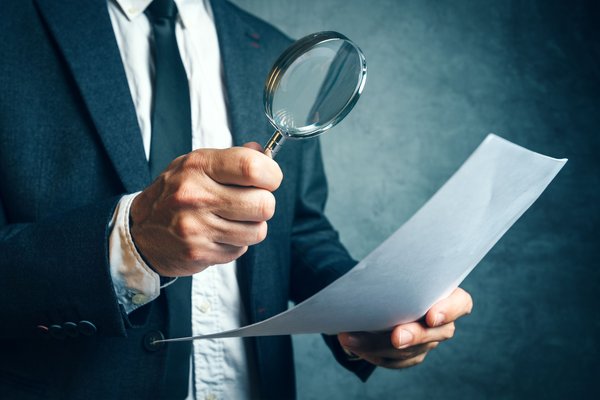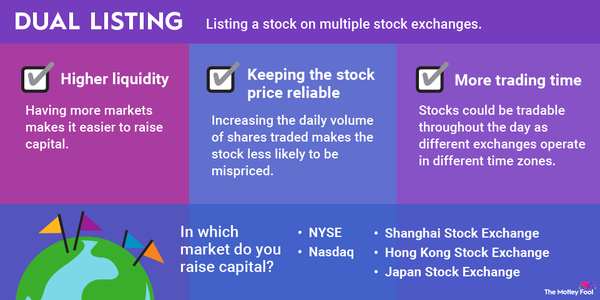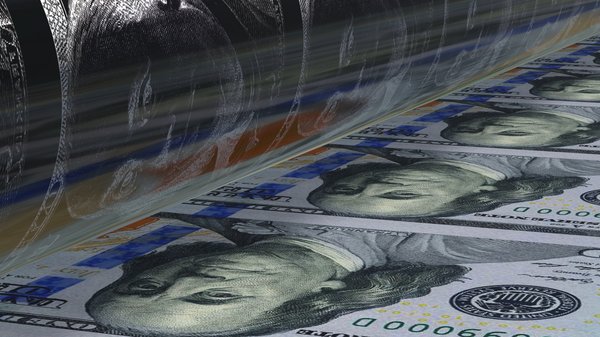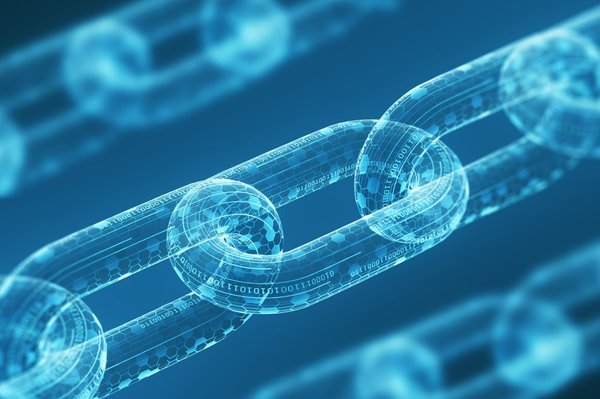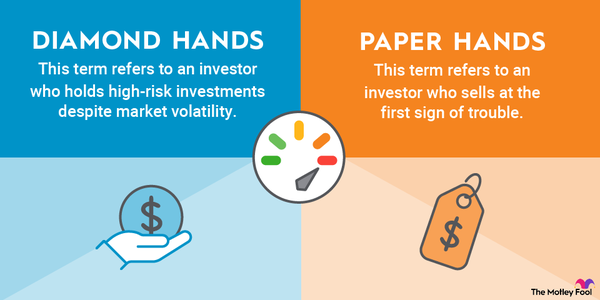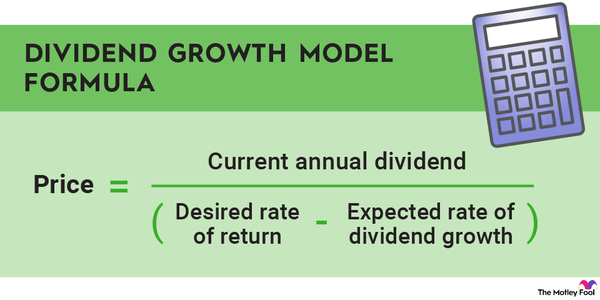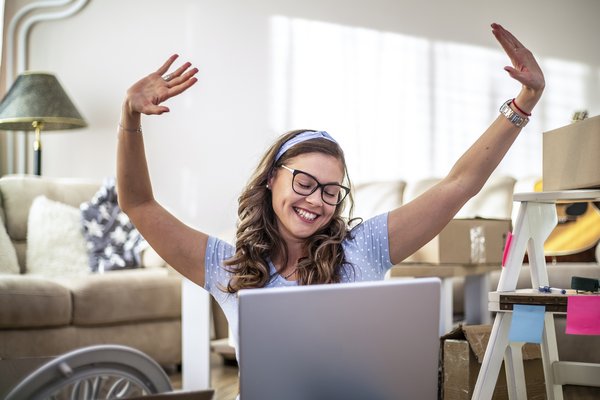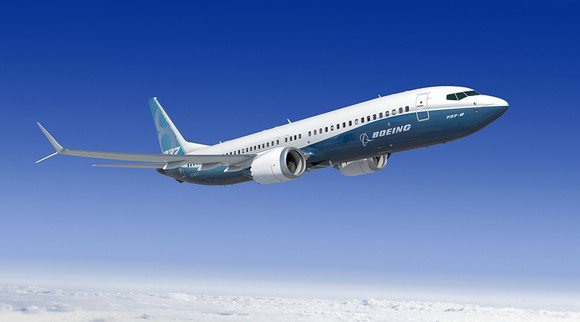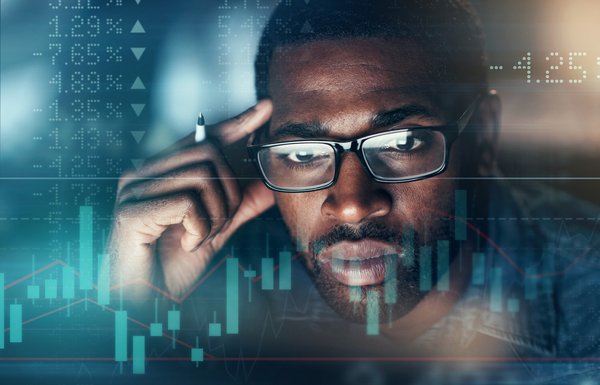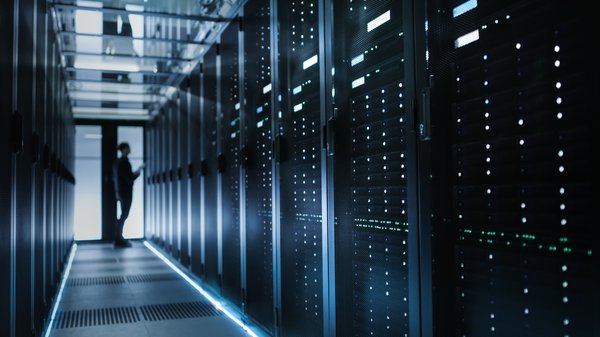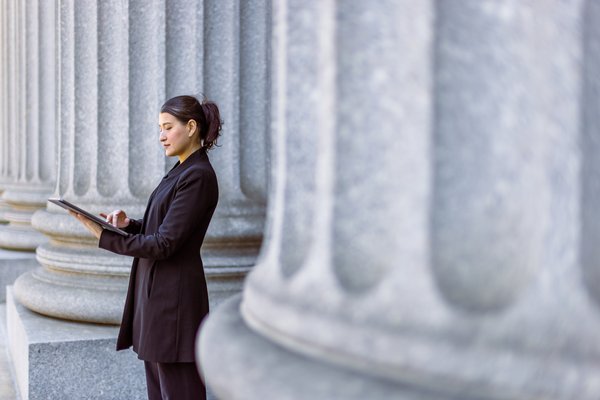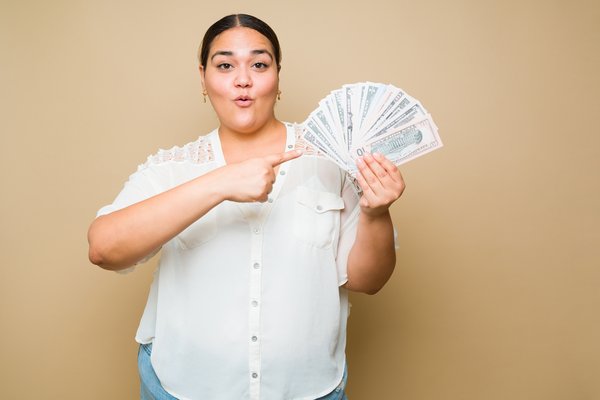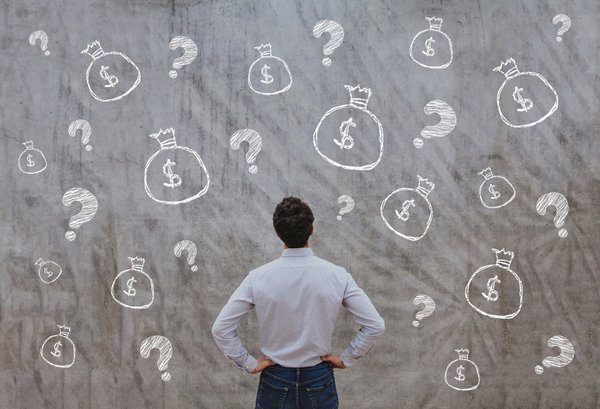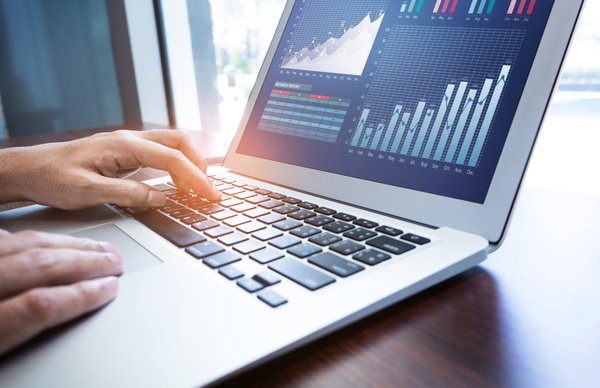Dividends per share means just what it sounds like.
It's the dividends that a company pays out per share and is a commonly used per-share metric like earnings per share, free cash flow per share, or book value per share.
Although the definition of dividends per share may be relatively simple, it's an important concept in investing with a number of implications for investors, and it plays a role in several valuation models.

Understanding dividends per share
Understanding dividends per share
Not all stocks pay dividends, but for the ones that do, their dividends tend to be a major incentive for investors to hold the stock.
In stock market portals and discussions about stocks, dividends are almost always presented as quarterly dividends per share. Since most companies tend to pay dividends once a quarter, the per-share measurement is the easiest way to understand dividends since it's easy to find the current stock price.
Investors also like to know the dividend yield of the stock, which is the dividend per share divided by the price per share.
Total dividends paid out are also included on the cash flow statement and help investors assess a company's capital allocation. However, if you're an individual shareholder and want to understand how much you're being paid from dividends, you need to be able to calculate the dividends per share.
Why dividends per share matter
Why dividends per share matter
If you're a dividend investor, you know that it's important to understand dividends per share because it tells you how much you're earning from dividends, as well as the dividend yield.
However, dividends also play a role in several valuation models.
The dividend discount model, for example, is a method of valuing a stock based on discounting cash flows from dividends back to their present value. The dividend discount model is similar to the discounted cash flow model, except it uses dividends instead of cash flows.
There's also the Gordon growth model, which is an offshoot of the dividend discount model, and a simplified version of it. The Gordon growth model assumes a constant dividend growth rate and is generally used with companies that have predictable growth rates and a long track record of paying dividends.
Dividend Payments
Applying dividends per share
How to apply dividends per share
If you're looking for a way to apply the dividend models above to dividends per share, you'll want to look for companies with reliable dividends and predictable growth trajectories.
However, even for dividend stocks, dividends per share isn't the only factor you want to consider in your financial model.
Some high-yield stocks might pay high yields because they are considered to be high-risk stocks. This is often the case with mortgage REITs and other double-digit yielding stocks, which often fall into the category of a yield trap, meaning the dividend yield isn't reliable.
So if you're using the dividend discount model, it's important to consider issues like cyclicality and other risks. You may also want to use a higher discount rate to account for the additional risk.
Related investing topics
Example
Dividends per share: A real-world example
If you're curious about how to use a dividend valuation model, let's go through a simple example.
Say you own shares of Home Depot (HD 0.05%). The home improvement retailer currently pays a quarterly dividend of $2.09 per share, and a reasonable forecast based on past dividend hikes would be that it would raise its dividend by 10% annually.
Using the Gordon growth model, which takes the value of next year's dividends divided by the difference between the costs of the capital and the dividend growth rate, we can make the following assumptions.
If you assume a 12% cost of equity capital and a 10% growth, Home Depot would have a valuation of $460 per share, which is more than 50% higher than its current stock price.
Of course, that valuation is highly sensitive to the inputs like cost of capital and dividend growth, but the exercise is helpful if you're a dividend investor.
While a bull market could be around the corner, dividend stocks are generally a good way to ride out the current volatility in the market. By paying a dividend, these companies show that they are profitable and are considering shareholder interest. Additionally, a dividend hike is a further expression of confidence that a company can buck any recessionary headwinds.
For dividend investors, those are great reasons to hold dividend stocks.









